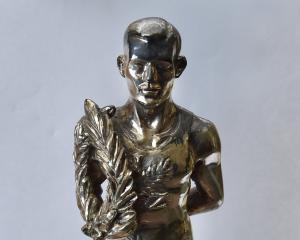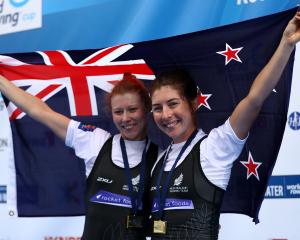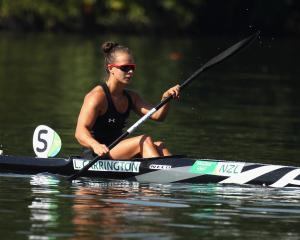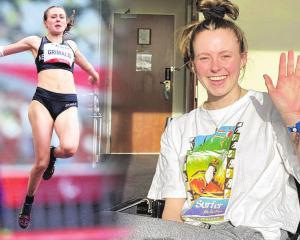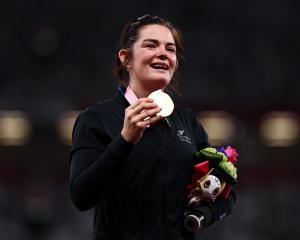At the Berlin Olympic Games in 1936, every gold medallist was presented with a year-old seedling from a Black Forest oak tree by German leader Adolf Hitler.
Lovelock won the 1500m gold medal to begin New Zealand's Olympic tradition in the sport.
He was followed as Olympic 1500m champion by Peter Snell (1964) and John Walker (1976).
Nick Willis won a silver medal in Beijing in 2008.
The seedling was eventually planted in the grounds of Timaru Boys' High School, Lovelock's old school, in 1941.
A seedling from the old tree was acquired by Faye Collet, who was a teacher at Rotary Park School, and she planted it in the school grounds. Her husband Graeme Collet, was the principal.
''It was planted at a time when the children were studying the significance of the Olympic Games in 1992,'' Rotary Park Close sub-division director Pat Cummings said yesterday.
Rotary Park School was closed at the end of 2012 because of a declining roll.
The tree is being relocated to make way for a widened entrance to the subdivision.
''It has been temporarily moved to the Trees of the World Nursery in Kaikorai Valley so the necessary attention can be given to the tree during the transition period,'' Cummings said.
Lovelock was a medical student at the University of Otago in the early 1930s and ran with elite Otago runners such as future mayor Jim Barnes, Bill Pullar, Theo Allen and Jack Morris.
''The tree was right in the middle of where the road will be so we thought the tree has a heritage and was worth preserving,'' Cummings said.
The owner of Trees of the World Rodney Hogg said oak trees like deep soil and it was planted ''on a rocky site and it copped a lot of wind.
''We have stabilised the tree here and fed it lots of goodies. We can now put it on a more suitable spot at Rotary Park Close.
There are green buds coming on the tree and it is in very good health.''
A plaque highlighting the significance will be placed alongside the tree when it is given a new home on the Rotary Park site.
''It is a very important tree and we want to preserve it and house it in the most appropriate place,'' Cummings said.
Lovelock was an astute analyst of athletics and had worked out tactics to beat the United States favourite Glen Cunningham in the final.
He had trained to sprint to the finish from 300m, a tactic not used in middle-distance races at the time.
Lovelock had the psychological advantage when he sprinted away and won in the world record time of 3min 47.8sec from Cunningham.




